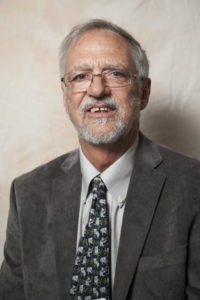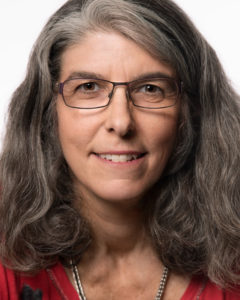 Herzberg Public Lecture Speaker
Herzberg Public Lecture Speaker
Mon, June 8 @ 19h30
Plenary Speakers
Mon, June 8 | 8h45
Avery Broderick | University of Waterloo
Mon, June 8 | 9h30
David Jenkins | University of York
Mon, June 8 | 15h15
CAP Teaching Medal Winner | TBD
Mon, June 8 | 15h45
CAP Lifetime Achievement Medal Winner | TBD
Wed, June 10 | 8h30
Alessandra Lanzara | Lawrence Berkeley National Laboratory
Wed, June 10 | 9h15
CAP Herzberg Medal Winner | TBD
Wed, June 10 | 9h45
CAP Brockhouse Medal Winner | TBD
 Wed, June 10 | 16h45
Wed, June 10 | 16h45
Brian Wilson | University of Toronto
“Cancer and Light: How optical sciences and engineering impact cancer research and patient care”
The multiple interactions of light with biomolecules, cells and tissues enable established and emerging techniques and technologies used in cancer research and patient care. These approaches range from simple, point-of-care devices to complex, multifunctional platforms combined with complementary non-optical methods, including nanotechnologies, robotics, bioinformatics and machine learning. This seminar will use specific examples from current research to illustrate the biophysical and biological principles underlying the emerging fields of “onco-photonics” or “photo-oncology”.
Thu, June 11 | 8h30
Renée Horton | NASA
Thu, June 11 | 9h15
Thu, June 11 | 9h45
CAP-INO Medal Winner | TBD
Thu, June 11 | 9h45
CAP-CRM Prize Winner | TBD
Thu, Ju ne 11 | 17h15
ne 11 | 17h15
Deborah Harris | York University, Fermilab
“Neutrino Interferometry at DUNE”
The fact that neutrinos have mass and oscillate means that we can learn a great deal about them by studying what are effectively interference patterns that arise after neutrinos propagate over hundreds of kilometers. The DUNE experiment will measure these interference patterns over a broad neutrino energy range after neutrinos have propagated 1300km. In addition, DUNE will use a detector technology that provides exquisite detail about the interactions that make up the interference pattern. This talk will present the current state of neutrino oscillation measurements and how the field is preparing for the next big jump in our understanding of neutrinos and the role they play in the universe.
